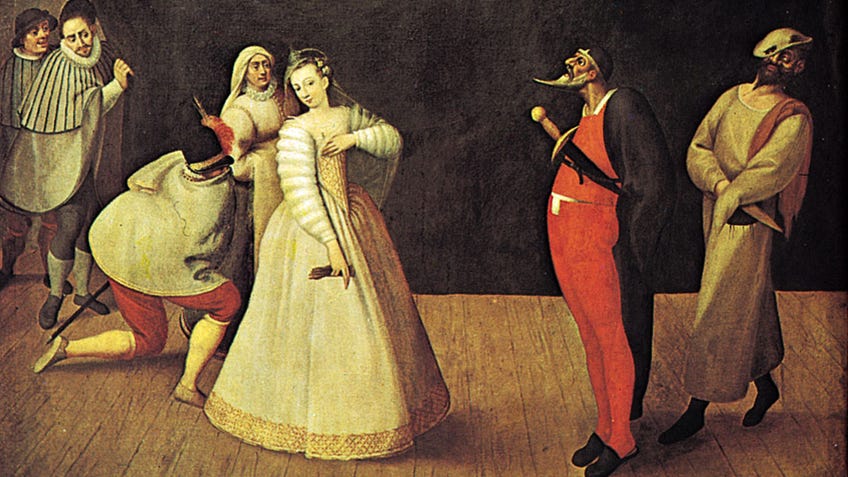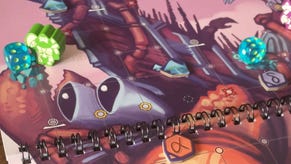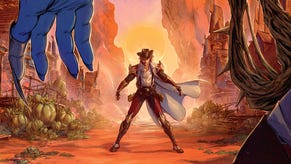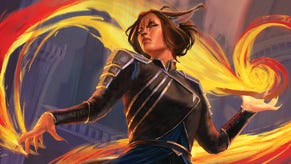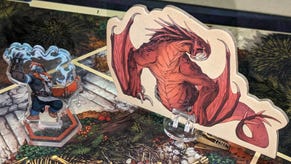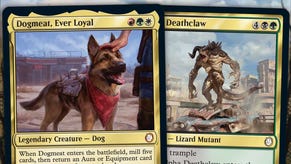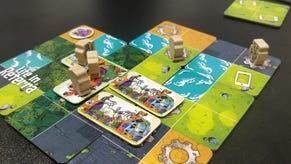Roleplaying games were around hundreds of years before Dungeons & Dragons
The seminal tabletop RPG drew from generations of wargaming, storytelling and parlour games.
Roleplaying games have been a part of mainstream culture since Dungeons & Dragons was released by two friends back in 1974. The fantasy RPG was influenced by many forms of entertainment - including the literature of Tolkien, wargames such as Chainmail, and history itself - and showed people a new and innovative way to play games. While Dungeons & Dragons was a modern way of mixing strategy with improvisational acting, however, it wasn’t the first time humans had participated in roleplaying games. In fact, they’ve been around for hundreds of years.
Wargames have existed as long as large-scale warfare. Games of strategy such as the Royal Game of Ur and chaturanga have always been popular, but humans began to add a little something extra into these competitions. In ancient Han China, nobles pitted their military against each other in games of skill. They would take pleasure in dressing up and acting the part of a commander in charge of their troops. Around the same time in history, 70 AD, the Colosseum was built, in which the Romans began to hold large historical re-enactments. While some of the people that played these roles were professional soldiers, most were just poor unwilling slaves and prisoners.
While these events could be linked to modern wargaming and live-action roleplaying (LARP), they weren’t exactly roleplaying games. The first hint of this didn’t come until the introduction of tournaments in the Middle Ages. Tournaments started as battle practice; jousts, melees, and other events were ways to hone the skills of a warrior and prepare them for the inevitability of war. As the years progressed and tournaments began to be held on the days of major events, such as noble weddings and feast days, their popularity with the public rapidly increased.
During the late Middle Ages, the tournament took on a different role. They became full of pageantry and were influenced by Arthurian romance literature. These events used a variety of costumes and actors, becoming an art form. Knights would wear colourful garments to show their loyalty to a lord or lady. Edward III of England regularly held tournaments where he and his personal guard would dress up as the famous Knights of the Round Table. During the day's events, they would even take on the characters’ personas, almost like LARP today.

As time went on, tournaments started to become less about the fighting and more about storytelling as myths and legends were created around the knights present. A tournament held in 1468 by the Duke of Burgundy, Charles the Bold, was one of the most extreme examples of this. Many of the attendants dressed up as famous figures from legend and history, as well as forcing their squires to dress for the occasion. Elaborate displays were erected, such as golden trees that were hung with the attending knights’ coats of arms. Anthony of Luxembourg, an attending noble, was locked into a tower that could only be opened by a golden key. This type of large-scale event brings up images of modern-day cosplay and group games, such as escape rooms.
You can have all the dramatic reveals you want, but that won’t mean much if you’ve got a cast of boring characters. Between the 16th and 18th centuries, a form of professional theatre came out of Italy called commedia dell’arte. This was an acting type that relied on improvisational acting and stock characters that took on certain over-the-top stereotypes played for comedic effect, such as rich old misers, nosey servants or cowardly military commanders.
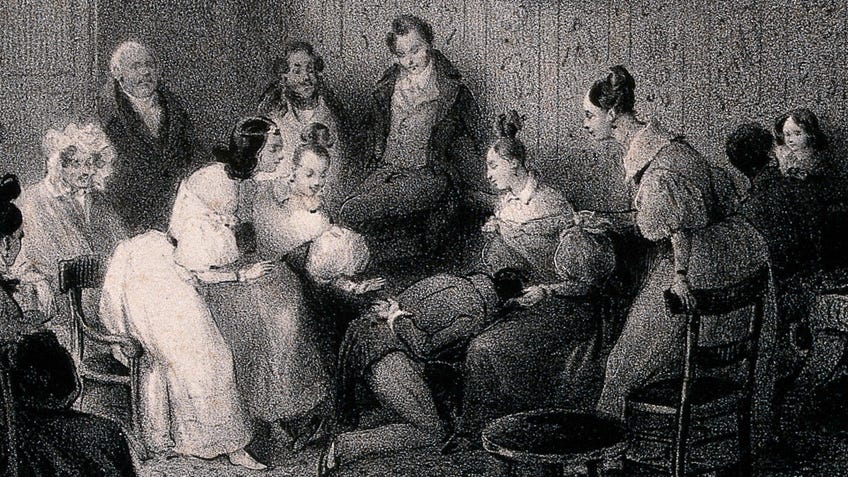
While this type of acting could be performed in theatres, it was often done ad hoc in town squares and on the back of carts. As the actors travelled Europe and its popularity spread, nobles began to take notice. Lords and ladies would offer patronage for the performers to act in their lands. Some courts would invite the more popular groups to perform in the palace. The actors often tried to get the audience involved in their improvisation by entering the crowd and personally interacting with them. This can be seen as akin to a modern-day pantomime or heckling in a comedy routine.
There was another type of game that evolved from these previous examples, one that influenced modern roleplaying games the most. Parlour games were very popular in the 19th and 20th centuries and were also an activity available to more than just the nobility. Many of these games came about and were most popular in the Victorian age, especially in the UK and North America. We would recognise some of these games today, such as musical chairs or blind man’s bluff, but there were others that relied on storytelling. Games such as Consequences, where a story is built up over time by passing a piece of paper around, are still played today. While they may have evolved into party games like Mad Libs, the main thing about these types of activities is that they help the group to build up a joint story, working in the same way that any good roleplaying game should.
Things progressed slightly further in the 1920s and ‘30s. While parlour games retained their popularity, board games became extremely popular. Parlour games changed, becoming less about competing in more physical activities and more about playing roles and employing tactical decisions. One of the most popular at the time was Jury Box. Created in 1937 and published by Monopoly manufacturer Parker Brothers, this game asks the players to solve six cases while acting as members of the jury. This game relies heavily on the individual player’s interpretation of the evidence and paying attention.
Humans love to play-act. Whether they’re playing the role of a bumbling fool or King Arthur doesn’t seem to matter. While Dungeons & Dragons may have been the first game to bring all these different rules together, people have been participating in roleplaying games of one form or another for centuries.
